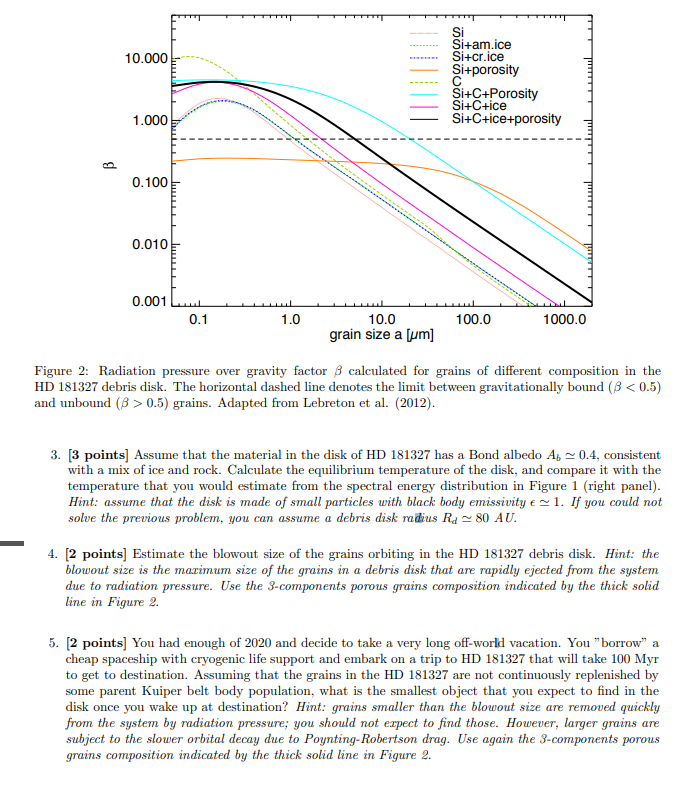Answered step by step
Verified Expert Solution
Question
1 Approved Answer
10.000 Si Si+am.ice Si+cr.ice Si+porosity Si+C+Porosity Si+C+ice Si+C+ice+porosity 1.000 B 0.100 0.010 0.001... 0.1 1.0 100.0 1000.0 10.0 grain size a [um] Figure 2: Radiation

Step by Step Solution
There are 3 Steps involved in it
Step: 1

Get Instant Access to Expert-Tailored Solutions
See step-by-step solutions with expert insights and AI powered tools for academic success
Step: 2

Step: 3

Ace Your Homework with AI
Get the answers you need in no time with our AI-driven, step-by-step assistance
Get Started


